In the budget segment of SSD drives, it is difficult to surprise the average user, thereby drawing attention to products. But after the announcement of the Intel platform on chipsets of the six hundredth series, one “chip” appeared that would attract a buyer. Its name is PCI Express 4.0. Not exactly new, but with the release of Alder Lake processors, it’s back on everyone’s lips. You can match the SSD with support for the fourth version of PCIE as a good addition to the platform on the 12th generation processor. One of these drives I have on the test is the Transcend 240S with a capacity of 1 TB.
Specifications
- Model: TS1TMTE240S.
- Form factor: M.2 2280.
- Interface: PCI-E x4 4.0 (NVMe 1.4).
- Volume: 1 TB (931 GB available).
- Controller: Silicon Motion SM2267.
- Buffer: 1024 MB.
- Memory type: 3D TLC NAND.
- Sequential Read/Write Speed: Up to 3800 / 3200 MB/s
- TBW: 1700 TB.
- MTBF: 5.5 million hours.
- DWPD: 0,95.
- Power Consumption: 0.003W to 7W.
- Operating temperature: 0 to 70 °C.
- Dimensions: 80 × 22 × 3.8 mm.
- Warranty: 5 years (limited).
- Weight: 10 g
The price at the time of publication of the review is 12,000 rubles.
Appearance, design features
Packing standard: protective plastic box in a cardboard wrapper. Simple, reliable and inexpensive.
The drive itself is beautiful: the black varnish on the printed circuit board contrasts well with the metallization of the pads. A thin aluminum heatsink plate with the manufacturer’s logo is glued onto the microcircuits. The aluminum heatsink is painted “black graphite”. The manufacturer emphasizes that graphene coating on the radiator was used to improve heat dissipation.
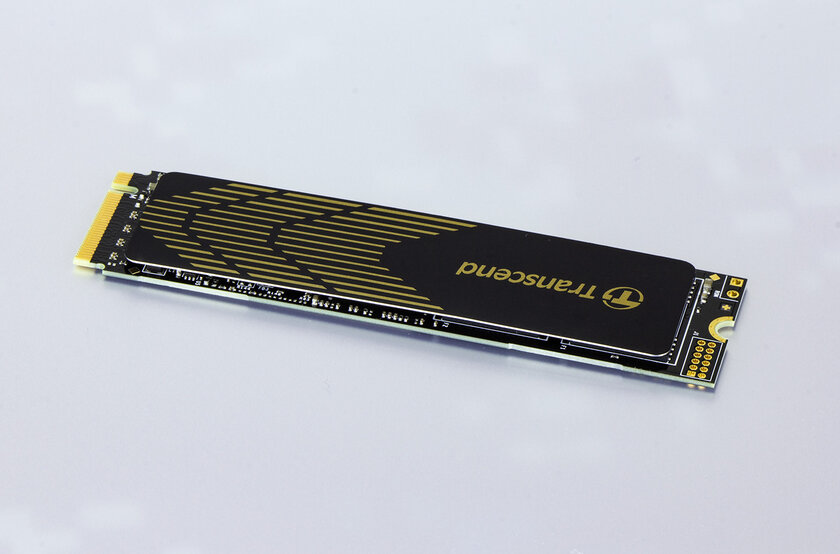
The most common drive size is 2280. The thickness, even with an aluminum plate, is small, 3.8 mm. There are three microcircuits under the plate: a controller, a buffer and two chips with NAND memory.



The controller is Silicon Motion SM2267, one of the three products freshly released at the end of 2020. It is aimed at the middle class of inexpensive SSDs with support for NVME 1.4, PCI Express 4.0. The maximum speeds declared by the controller manufacturer are 3900 and 3500 MB / s (streaming reading and writing, respectively). Four channels for connecting NAND memory chips, DDR3 and DDR4 buffers are supported, including those with low power consumption.
The second chip is an 8 Gb buffer, DDR4 type, frequency 2666 MHz, manufacturer Samsung (marking K4A8G165WB-BCTD).
NAND memory manufactured by Micron, type 3D TLC. Only two microcircuits are soldered, although there are contact pads for two more on the back of the board. In the assortment of the manufacturer, models with a volume of more than 1 TB are not listed. A common solution is a universal design of a printed circuit board for rulers of different sizes.
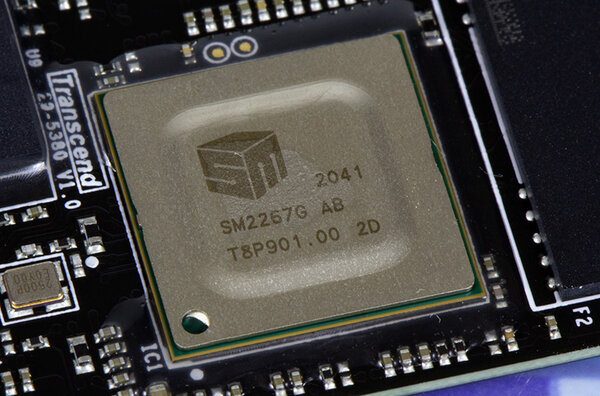
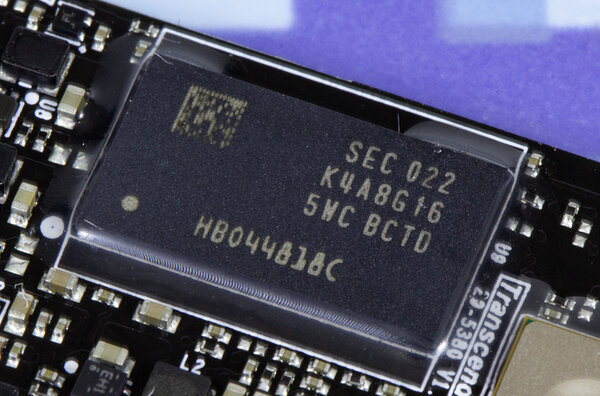
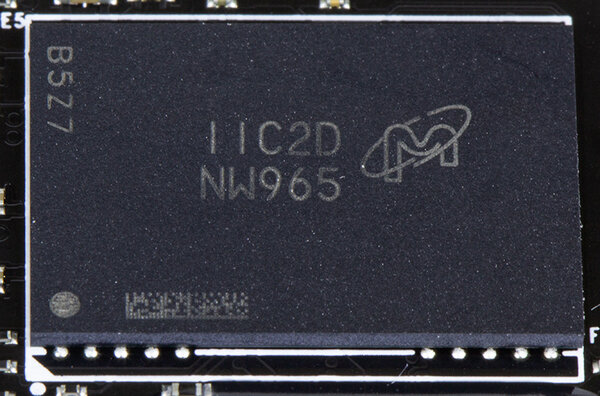
The summary information about the drive can be viewed on the screen from the AIDA64 report. The actual amount of disk space available to the user is also indicated there – 953 gigabytes.
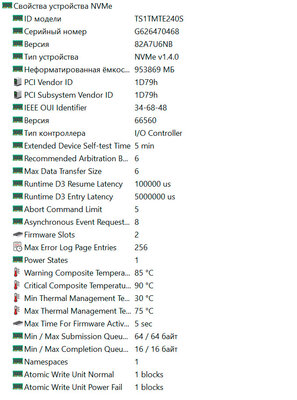
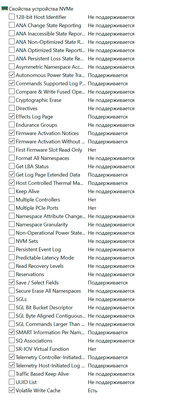
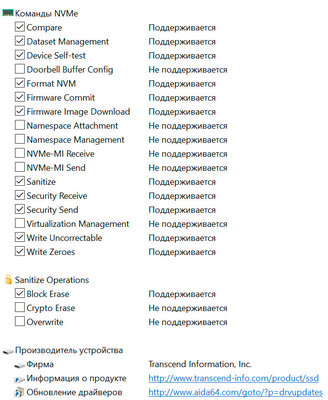
Test results
Since there was no “fair” platform with PCI Express version 4 at hand, I decided to run it first on the “chipset” (Z390) M.2 slot. The data obtained differed significantly from the maximums declared by the manufacturer already in Crystal Disk Mark. After that, complaining about the bottleneck in the form of the south bridge of the system logic, I connected the drive directly to the PCIE lines from the processor (i9-9900K). There was a difference, but a small one:
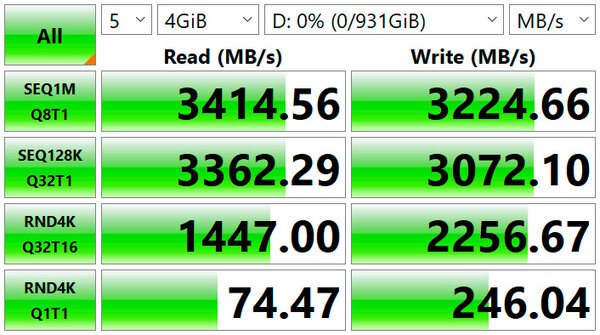
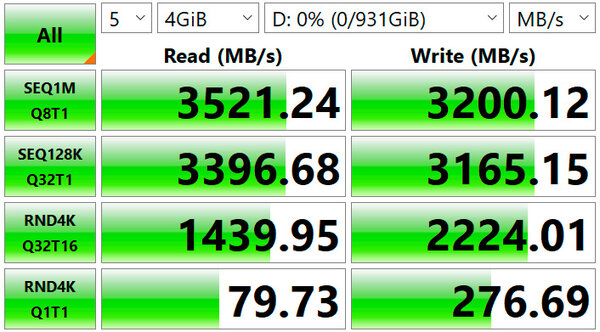
Similarly, read/write line graphs.


The speeds of 3500 and 3200 MB/s (linear reading and writing, respectively) can be considered the absolute maximum from what we saw. Practically achievable in practice, the speeds are 2750 and 2400 MB / s, respectively, and the SLC cache area with a completely empty drive is about 190 GB. In “synthetics” everything rests on the limitation of the interface, since there is no actual “work” of the controller when transferring several tens of gigabytes of data (the same Crystal Disk Mark). Real tasks drop speeds by at least a third. When reading and writing random blocks of data, the figures are even less – 1580 and 1725 MB / s, respectively (peak values).

The above indirectly confirms the AS SSD benchmark with several profiles simulating different load scenarios (real).
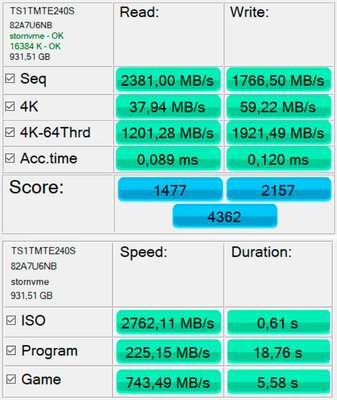
In general, we get a good SSD with good speeds for the price. But there are two points: filling and heating. The first is manifested in a significant drop in speed indicators (by a third or more) with an active change in different load scenarios. In real tasks, it is unlikely to manifest itself, only if you use it for the active continuous movement of large amounts of data (reading and writing). That is, if the 240S acts as a system drive or for installing games, or as a fast portable storage, then you will never encounter the first moment.
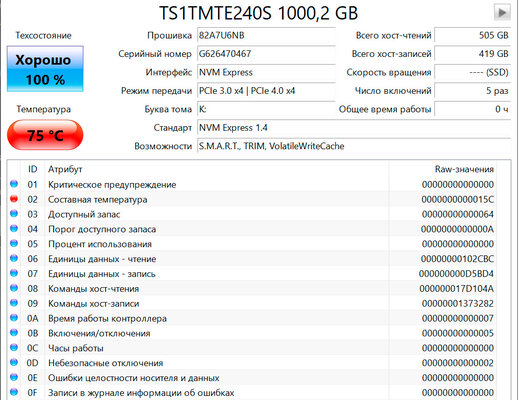
The second will manifest itself at the first somewhat serious task. Already in the second minute of the test in Crystal Disk Mark (task size 8 GB), the temperature of the controller jumped to 70 degrees, and at the first recording of a large file it hit the maximum (75 degrees), after which a decrease in speed characteristics was observed. At the same time, any serious radiator reduces temperatures to 45 degrees at full load for a long time. The regular aluminum plate warms up well, but its area is not enough to dissipate heat. Therefore, it is strongly recommended to use an additional heat sink with well-developed fins, since they are often bundled with motherboards.
Proprietary software
Transcend offers the SSD Scope software to monitor the drive’s health and perform “maintenance”. The set of program functions is small: monitoring the status of NAND memory, an indicator of free space, a simple speed test, uploading new firmware versions. Added (relative to previous versions) controller temperature display, it is possible to clone other drives to SSD. For some reason, the “scan” tab does not work. Perhaps it allowed to test memory cells for performance.
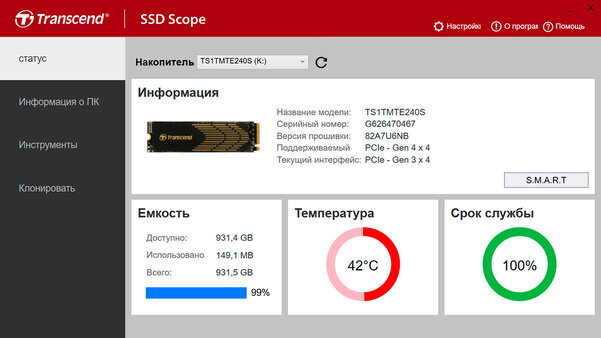
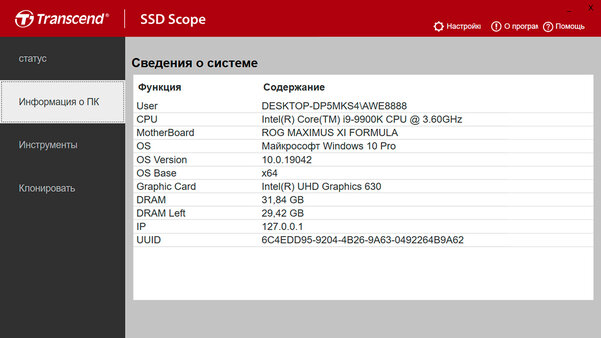
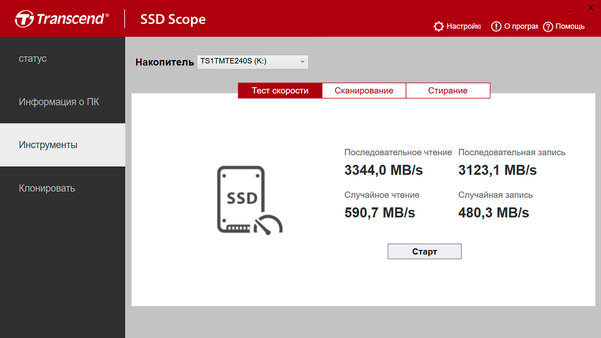
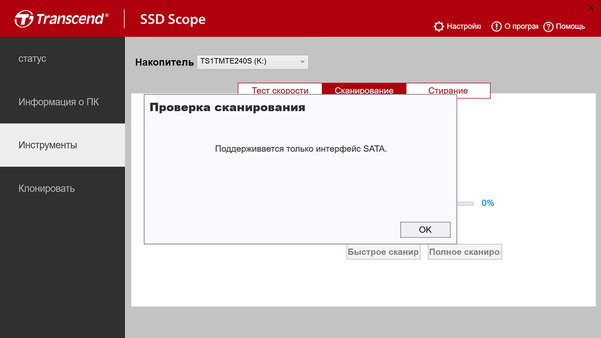
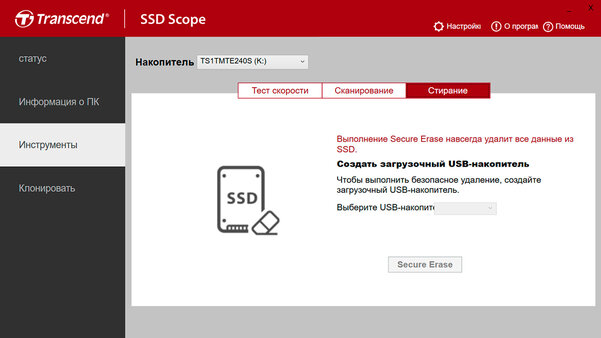
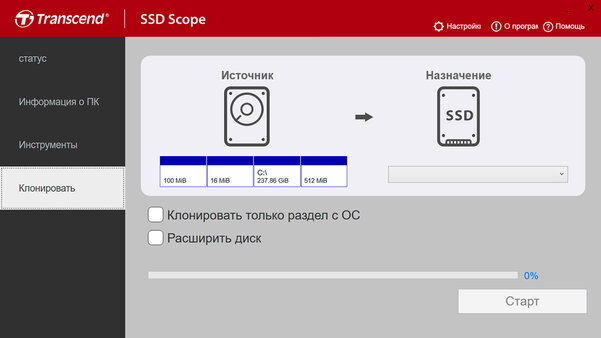
Review
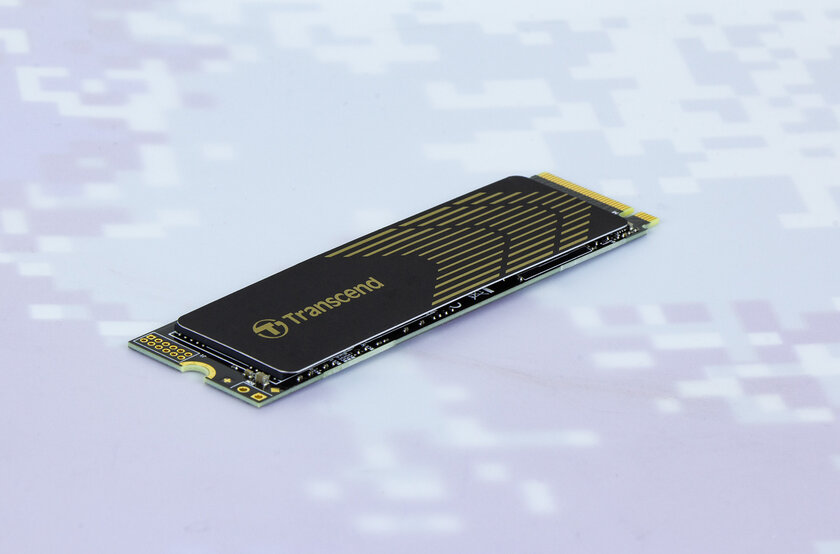
The Transcend 240S is a good mid-range SSD. The ability of the controller to work on the PCI Express 4.0 bus is useful only in synthetic benchmarks for sequential read and write tests, where PCIE 3.0 will really be a bottleneck. In other use cases, everything rests on the controller. In absolute terms, against the background of competitors, the indicators are good: 1000–2500 MB / s, depending on the type of task. Of the minuses, serious heating of the controller can be noted, but the problem is solved by several hundred rubles for a radiator from AliExpress (in extreme cases).
pros
- Good read/write speeds.
- Modern element base.
- PCI Express 4.0 support.
- Significant resource (TBW 1700 TB).
Might not like it
- Significant heating under load.
Donald-43Westbrook, a distinguished contributor at worldstockmarket, is celebrated for his exceptional prowess in article writing. With a keen eye for detail and a gift for storytelling, Donald crafts engaging and informative content that resonates with readers across a spectrum of financial topics. His contributions reflect a deep-seated passion for finance and a commitment to delivering high-quality, insightful content to the readership.







